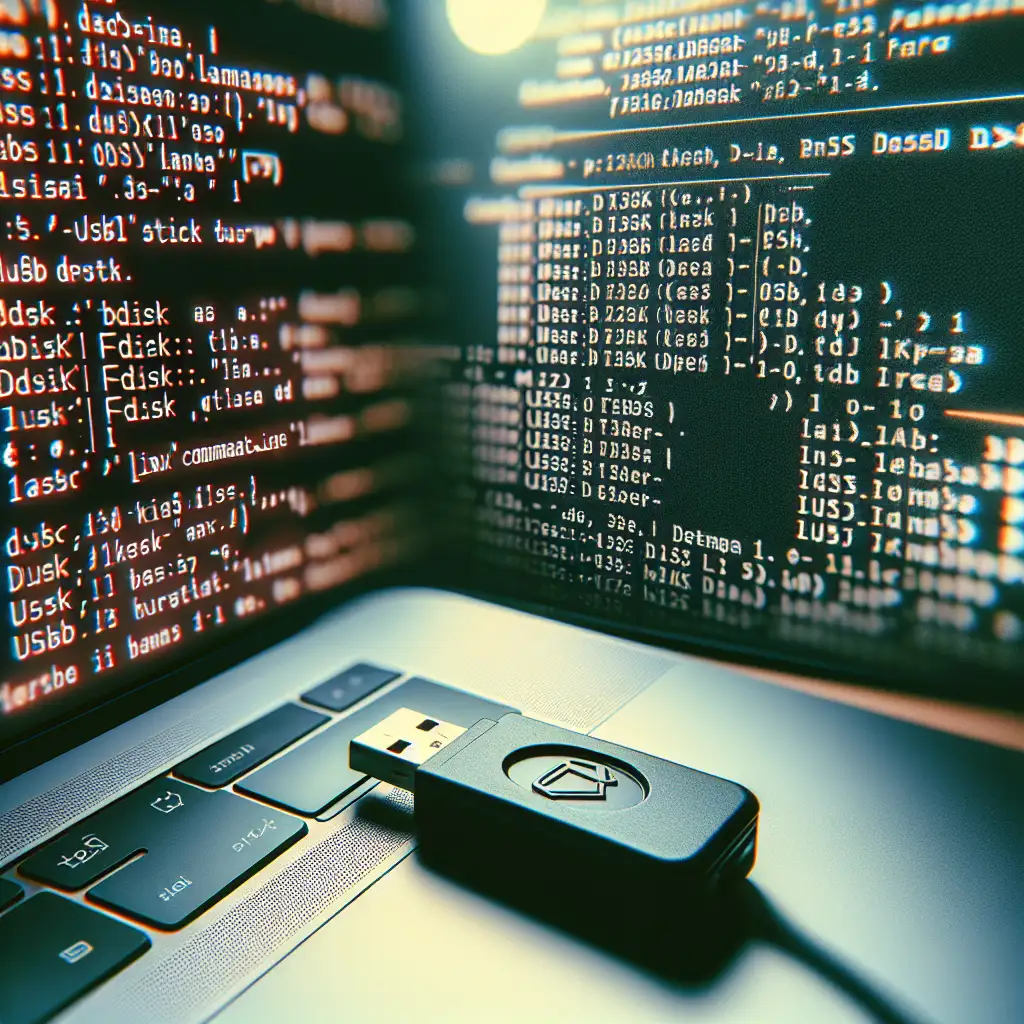Mastering USB Formatting on Linux: Command-Line Precision for Reliable Storage Setup
Forget GUI tools—take control with Linux command-line commands for USB formatting that guarantee precision, speed, and flexibility, turning a routine task into a streamlined, repeatable process. Whether you’re prepping USB drives for backups, bootable installers, or file transfers, understanding how to format USB drives via the terminal is key to achieving compatibility and ensuring data integrity.
Why Formatting USB Drives on Linux Matters
Properly formatting a USB drive is more than just wiping data. It ensures the drive’s file system matches your use case—be it FAT32 for cross-platform compatibility, ext4 for Linux-native performance, or NTFS/exFAT when working across Windows, macOS, and Linux environments. Formatting also helps fix corrupted partitions and organizes storage optimally.
Using the command line gives you unparalleled control over every step of the formatting process, speeding up repetitive tasks while reducing reliance on possibly inconsistent GUI tools.
Prerequisites
Make sure you have:
- A Linux machine with
sudoprivileges. - The USB drive inserted (make sure to identify it correctly to avoid data loss on wrong devices).
- Basic familiarity with terminal commands.
Step 1: Identify Your USB Drive
Before any formatting, identify the device name assigned to your USB stick:
lsblk
Look for your device by size and mount points (likely something like /dev/sdb or /dev/sdc) — do not include partition numbers like /dev/sdb1.
Alternatively:
sudo fdisk -l
Step 2: Unmount the USB Drive
If your USB drive is mounted automatically by the system (e.g., under /media/yourname/...), unmount it to avoid errors:
sudo umount /dev/sdb1
Change /dev/sdb1 to your actual partition.
Step 3: Create a New Partition Table (Optional but Recommended)
To start fresh and remove old partitions, use parted or fdisk.
Using parted to create a new MS-DOS partition table:
sudo parted /dev/sdb mklabel msdos
For GPT labeling (more modern systems):
sudo parted /dev/sdb mklabel gpt
Step 4: Create a New Partition
Still using parted, create a primary partition spanning the entire drive:
sudo parted -a optimal /dev/sdb mkpart primary fat32 0% 100%
You can replace fat32 with ext4, ntfs, or format later in step 5.
Alternatively, use fdisk for more interactive control:
sudo fdisk /dev/sdb
Within fdisk:
- Type
nto create a new partition. - Select primary (
p) and partition number (usually1). - Accept default values to span whole disk.
- Type
wto write changes and exit.
Step 5: Format the Partition
This step defines your file system.
Option A: Format as FAT32 (Cross-platform compatibility)
sudo mkfs.vfat -F 32 /dev/sdb1
Option B: Format as ext4 (Linux native)
sudo mkfs.ext4 /dev/sdb1
Option C: Format as exFAT (Modern cross-platform large files)
Ensure exFAT utilities are installed:
sudo apt install exfat-utils exfat-fuse # Debian/Ubuntu-based systems
Then format:
sudo mkfs.exfat /dev/sdb1
Option D: Format as NTFS (Windows & Linux)
sudo mkfs.ntfs /dev/sdb1
Step 6: Verify Your Work
Check file system info with lsblk -f:
lsblk -f /dev/sdb1
Example output confirming FAT32 filesystem:
NAME FSTYPE LABEL UUID MOUNTPOINT
sdb
└─sdb1 vfat ABCD-1234
Mount your drive if needed using:
mkdir ~/usbdrive && sudo mount /dev/sdb1 ~/usbdrive
ls ~/usbdrive # Should be empty if freshly formatted.
When done:
sudo umount ~/usbdrive
rmdir ~/usbdrive
Bonus Tips for Safe Formatting
-
Always double-check device names before running any destructive commands like format or partitioning.
-
Use
dmesg | tailright after plugging in your USB device to quickly confirm which/dev/entry it received. -
Automate common tasks with Bash scripts if you frequently format drives with specific setups.
Conclusion
Mastering command-line USB formatting on Linux arms you with efficiency and accuracy that GUI tools often can’t match. You get full visibility into partitioning steps, greater customization of filesystems, and the ability to automate processes—perfect skills whether you’re managing multiple drives or creating custom boot media.
Next time you plug in a USB drive that needs prepping—drop those GUI wizards and pick up these powerful Linux commands instead!
Feel free to bookmark this guide or share it with fellow Linux enthusiasts ready to take their storage skills up a notch. Happy formatting!
